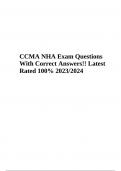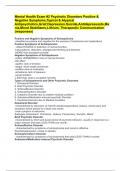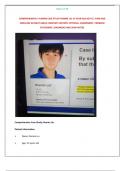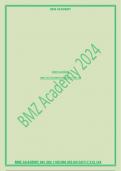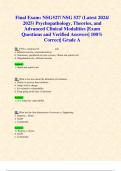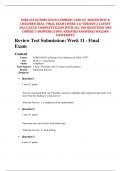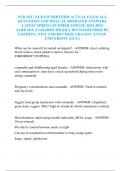Exam (elaborations)
AP Psychology Cumulative Exam 2024 (These Study Guide set follow along with MYERS' PSYCHOLOGY FOR AP, 2nd Edition, textbook by David G. Myers. This is Unit 14 (Modules 74-80) and is "Social Psychology.") 385 Qs & Ans.
- Course
- Institution
AP Psychology Cumulative Exam 2024 (These Study Guide set follow along with MYERS' PSYCHOLOGY FOR AP, 2nd Edition, textbook by David G. Myers. This is Unit 14 (Modules 74-80) and is "Social Psychology.") 385 Qs & Ans. Terms like: the theory that we explain someone's behavior by crediting eith...
[Show more]




